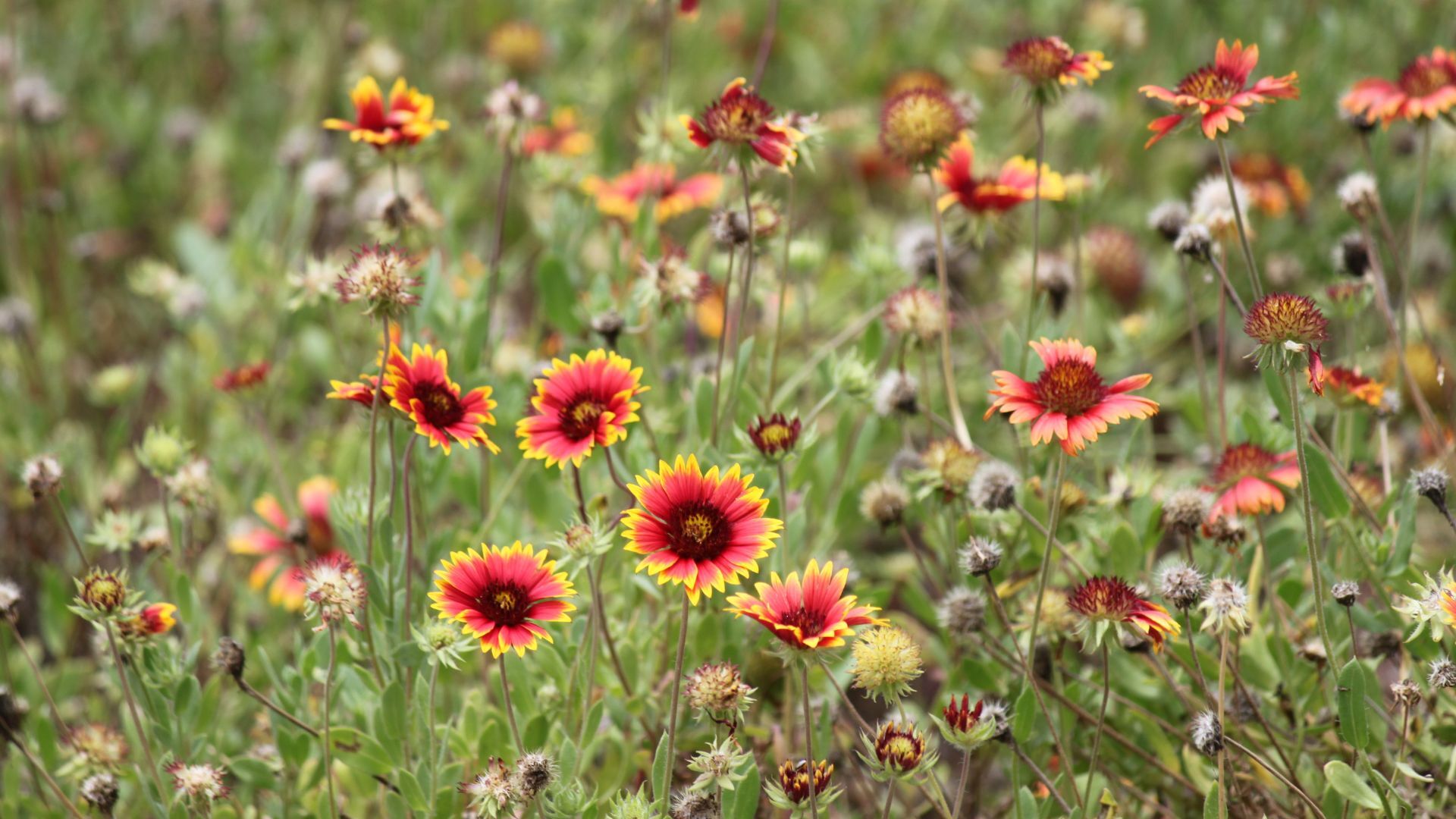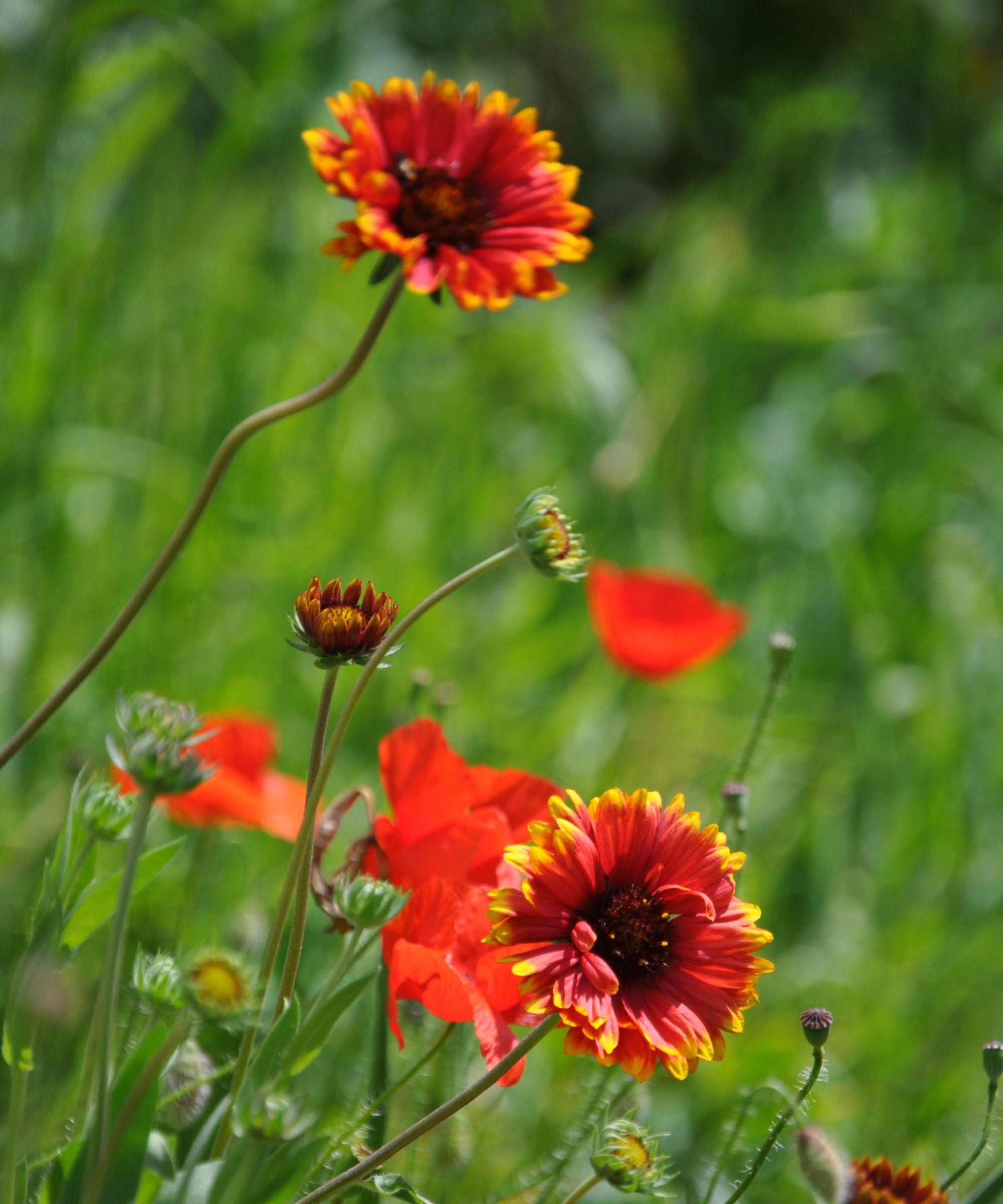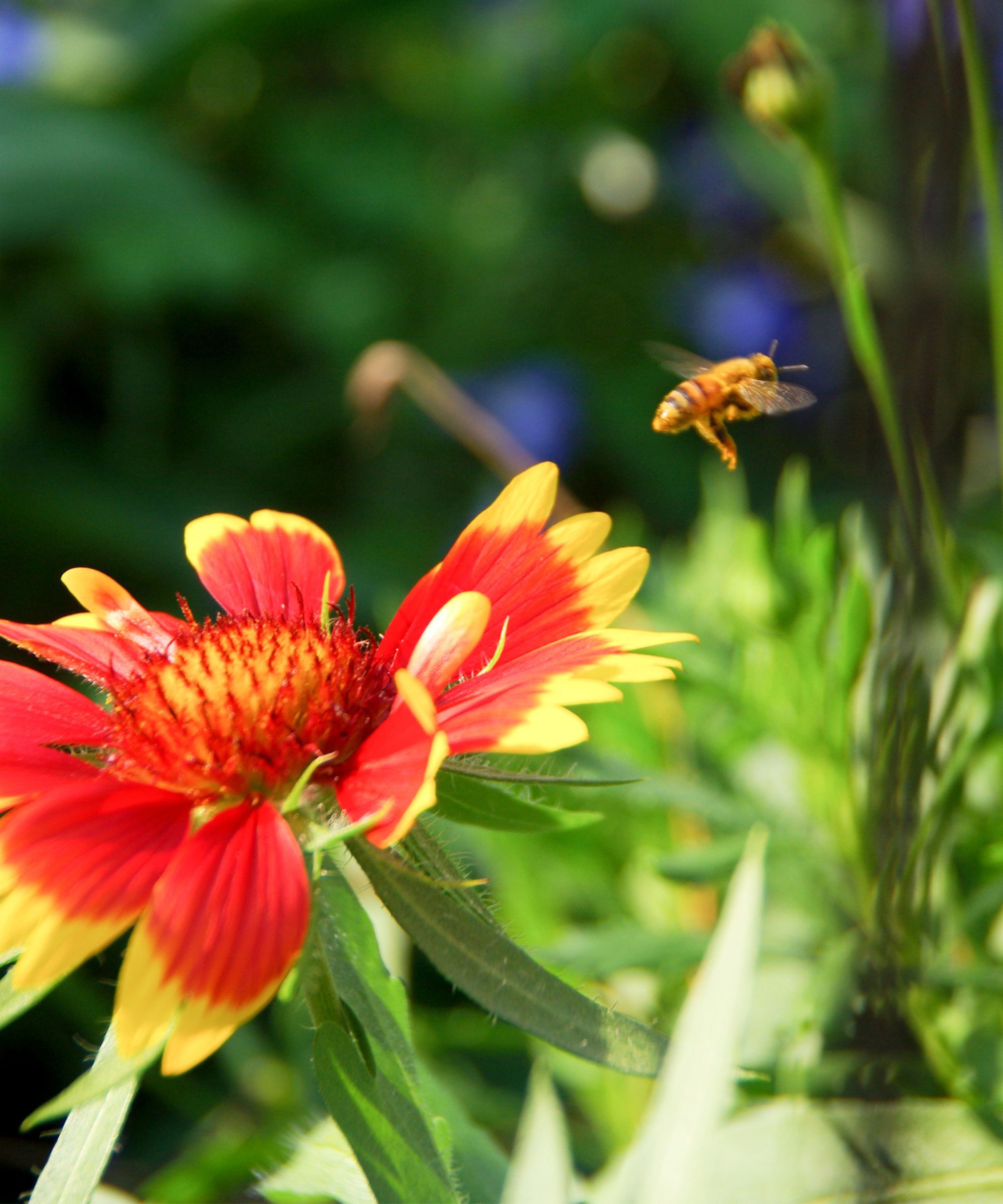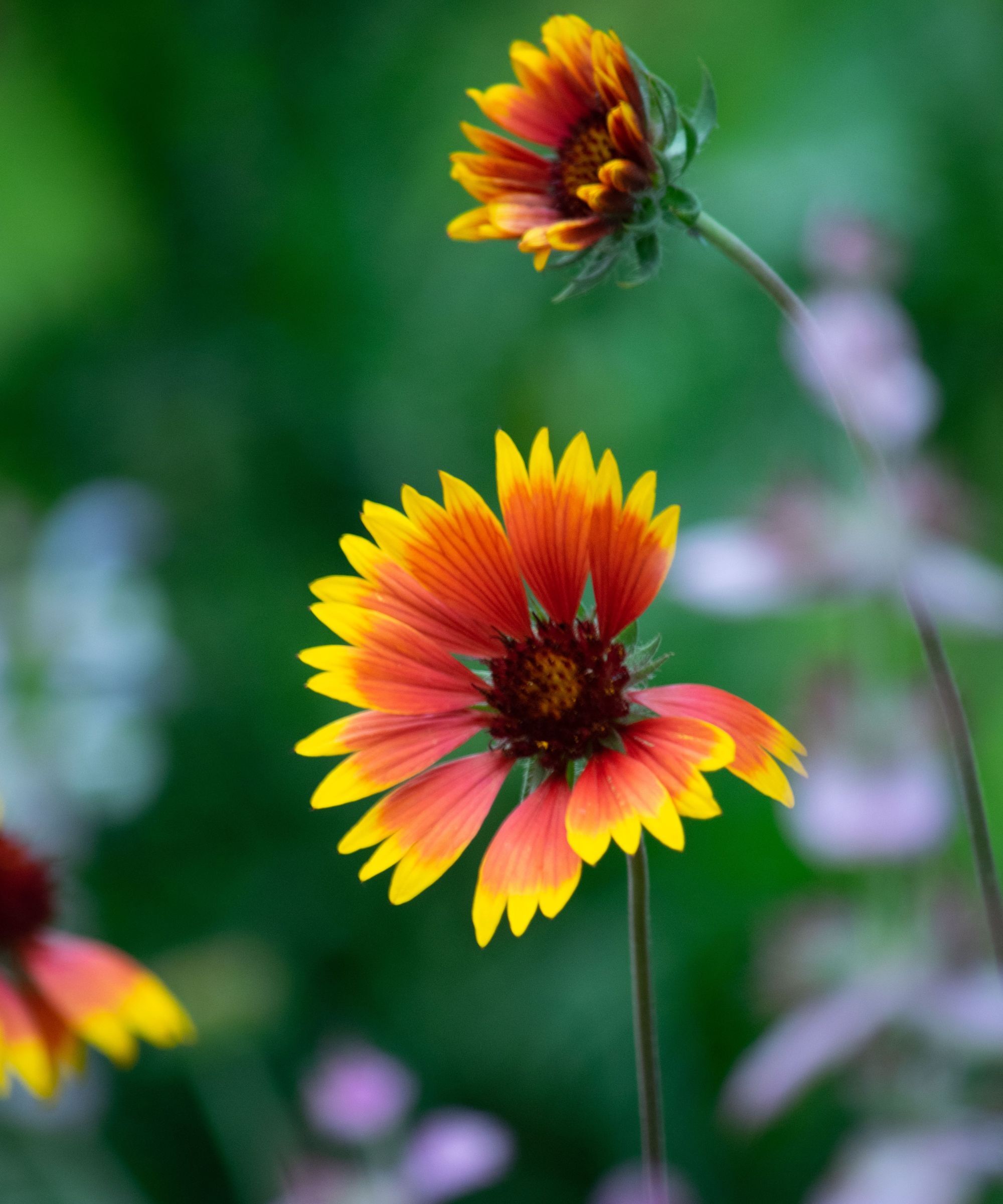
Blanket flower, also known as gaillardia, is a titillatingly exuberant border plant that sets a blaze of color across any garden and flowers profusely in excited fecundity.
It grows and flowers at an almighty rate, filling up borders with color at a gallop. It is one of the best fast-growing flowers to plant in spring, and will bloom continuously from May right through to October. But despite its full-throttle theatrics all summer long, deadheading can make it shift a gear, and flower even more profusely and for even longer.
Here's everything you need to know about deadheading these ebullient and wonderfully easygoing plants.
Is it essential to deadhead blanket flowers?

The short and sweet answer to this question is no, it is not strictly essential to the health and lifespan of your blanket flower plant to be deadheaded.
However, if aesthetic considerations play a part in your gardening scheme, and to my mind that will ring true for most of us, then whilst deadheading isn't strictly necessary for health reasons, deadheading will vastly improve how much of a generous flowerer your blanket flowers are throughout summer. Deadheading will prevent the plant from making seed and encourage further blooming.
Whilst blanket flowers will continue to produce flowers without deadheading, regular deadheading will coax even more flowers out of each plant, so to fully maximise the flowering potential of your plants, it is best practice to do so.
Besides, deadheading is extremely easy and cathartic. Best done when wandering and admiring the garden in the evening, with chilled drink in hand.
When to deadhead blanket flowers

These colorful daisy-like flowers bloom for an incredibly long time, often found pumping out flowers from spring through summer and right into fall. You can deadhead throughout this entire growing season, indeed, you should.
The idea is to deadhead the spent flowers before the plant drops the petals and makes the seed head. Interrupting this process will prevent the message from returning to the plant that their flowering job is done. You may find this happens very quickly, so it's best to check them routinely as you wander about the garden, and if you spot a spent flower, remove it immediately.
Spent flowers are glaringly obvious, not least because they often look scruffy and lethargic. Look out for wilting, browning, and fatigued-looking petals.
As you hurtle into fall, you should stop deadheading blanket flowers and let them produce their seeds. Their seeds provide a wonderful buffet for songbirds, so do leave them on the plant for a while before cutting all the stems back to the ground, which should be done when flowering is finally over. You can pick up deadheading the following spring when they begin to flower once again.
How to deadhead blanket flowers

Here's a step-by-step guide on how to deadhead blanket flowers
- Identify the flowers that need removing
- Clean your pruning tools to prevent the transmission of diseases
- Cut off the flower stem below the spent flower and just above the first set of full, healthy leaves
- Collect the spent flowers and add to the compost bin
- Don't fertilize after deadheading blanket flowers; they prefer poor soil, so a light watering will suffice
Shop blanket flower summer essentials
A very unusual and uncommon gaillardia in a blaze of pure-yellow atop high, straight stalks. Mix seed balls into dried flower arrangements too. An utter delight.
A must have for making easy work of deadheading in the summer, lightweight, pocket sized snips that will deadhead the diddiest of flowers - ideal!
In the height of summer its vital to keep all flowers in the garden well watered and cool. A sprinkler system works wonders, but some are prohibitively expensive, this is a modestly priced sprinkler that will do just as much of a thorough job.
If you haven't already been deadheading your blanket flowers, now's the time to dust off those gardening snips and get out there. There are over two dozen species of annual and perennial blanket flowers, so you can grow several different varieties to inject serious quantities of color into your yard.







